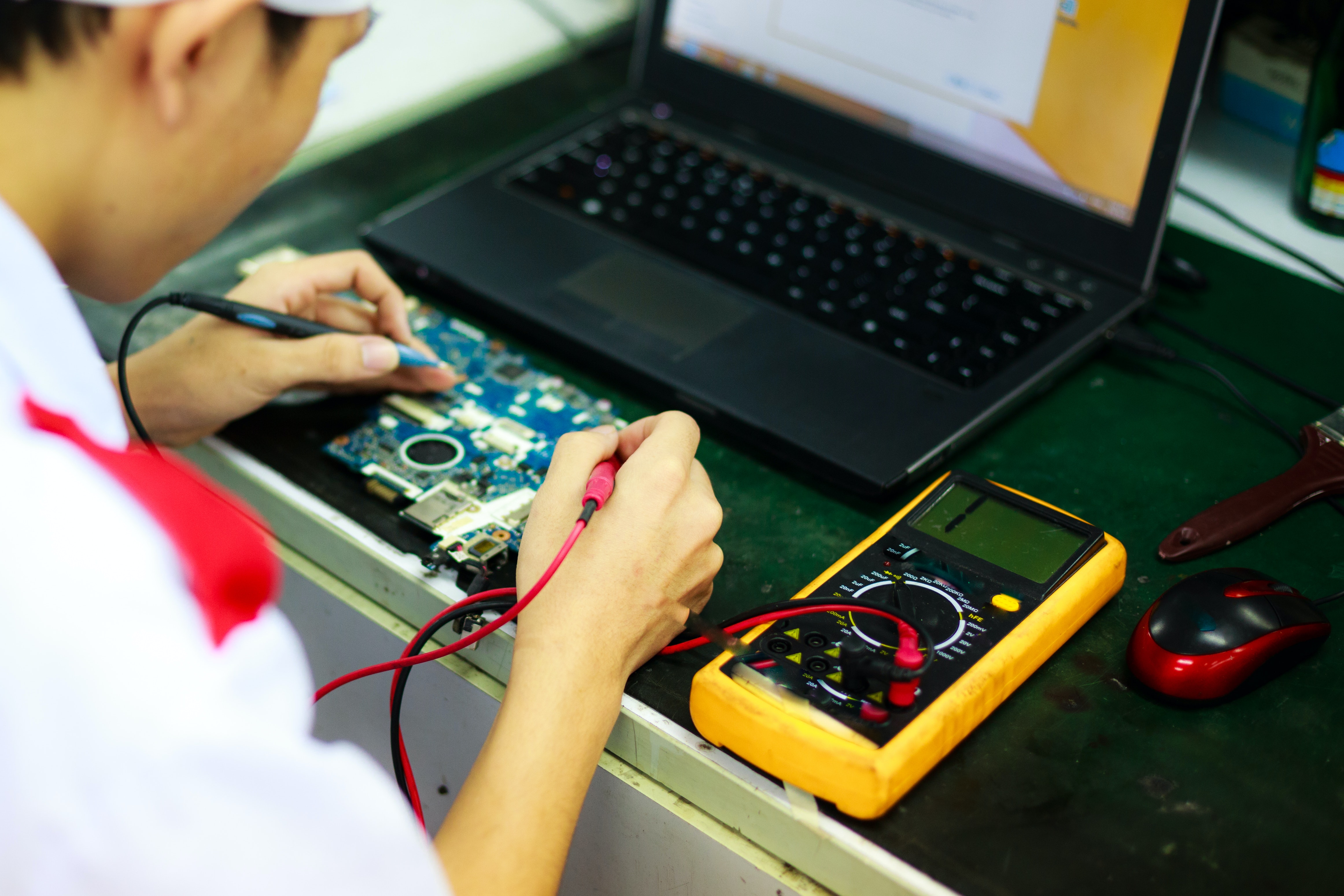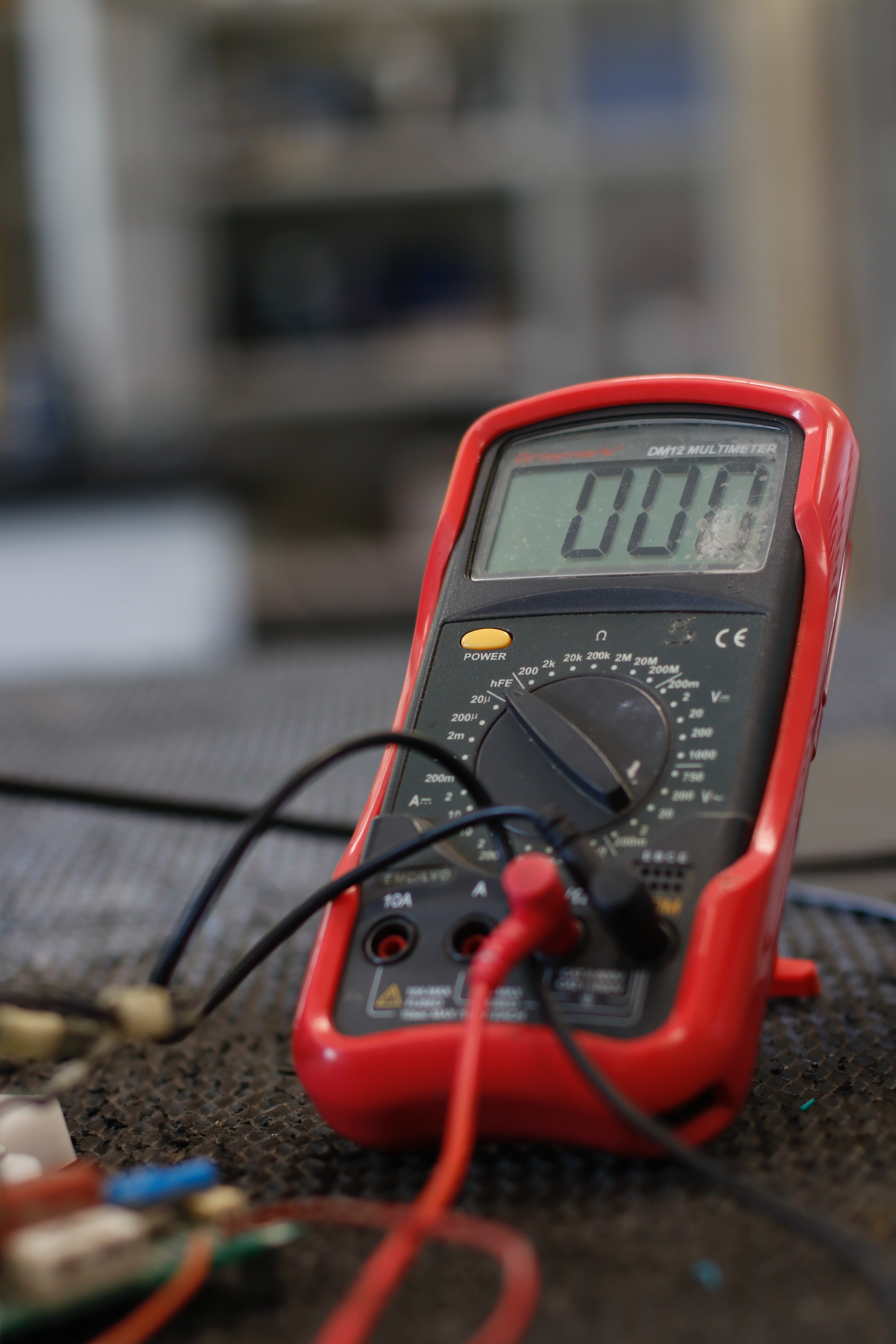A dielectric is an insulating material, but it is an insulating material that has been manufactured with certain electrical characteristics to interact with other electrical characteristics of a component to give the component its ratings. The insulating material between the plates of a capacitor is a dielectric. It helps determine the capacitance value and must resist voltage breakdown at the rated voltage of the capacitor.

There are different types of capacitors. Some allow little or almost no leakage, while others, called electrolytic capacitors, provide some normal level of leakage. The capacitors are tested at their rated working voltage, which is the maximum voltage recommended for their use by the manufacturer. When leakage current is measured, it is often only a few microamperes in most capacitors. Some sophisticated meters compare the readings to standard leakage data held in their memory bank to tell whether the capacitor is “good” or “bad.” Other meters give the reading in either dielectric resistance (in the high megohms) or in leakage current.
The principal insulation testers are meggers and hi-pots. The hi-pot tester is for medium-to-high-voltage cable insulation tests and generates high levels of voltage with some high levels of current available. In the field, 12-volt dc battery power is first inverted to a 120-V ac, 60-Hz power line voltage, which drives a high voltage supply that can generate over 60 kilovolts (kV), or even 120 kV with some equipment. Following the manufacturer’s specifications, this voltage is first stepped down, then after the lower voltage is applied, it is raised in about 5- to 10-k V steps, until the maximum is reached. If the cable is not defective, the normal leakage current is read. Hi-pot testing uses dangerous voltages.
In a separate test, called the impulse or thumper test, a large capacitor is charged to the test voltage, usually 7.5 or 15 kV, then it is discharged to thump or pulse the cable at a rate from 1 to 15 seconds to see if the insulation can stand up.

Meggers are generally designed to test low-voltage cable. They come in two types: battery-driven and hand-cranked. The battery-driven megger develops a voltage like the hi-pot equipment, but much lower in voltage and current capacity. Most meggers use 500 or 1000 volts and some, up to 5000 volts, to measure insulation resistances up to 2000 megohms.
The hand-cranked megger uses a generator to supply the voltages. The generator drives current through coil A of the meter, which tends to point to infinite ohms. When insulation resistance is put across the test terminals, coil B is energized and tends to move the pointer towards zero, depending on the current flow allowed by the resistance of the insulation. The differential of coils A and B sets the pointer to readings from 0 to 1000 or more megohms.
Sources:
https://www.element.com/materials-testing-services/dielectric-strength-testing
https://electrical-engineering-portal.com/what-is-hipot-testing-dielectric-strength-test
https://www.ecmweb.com/content/article/20889725/what-is-insulation-testing







